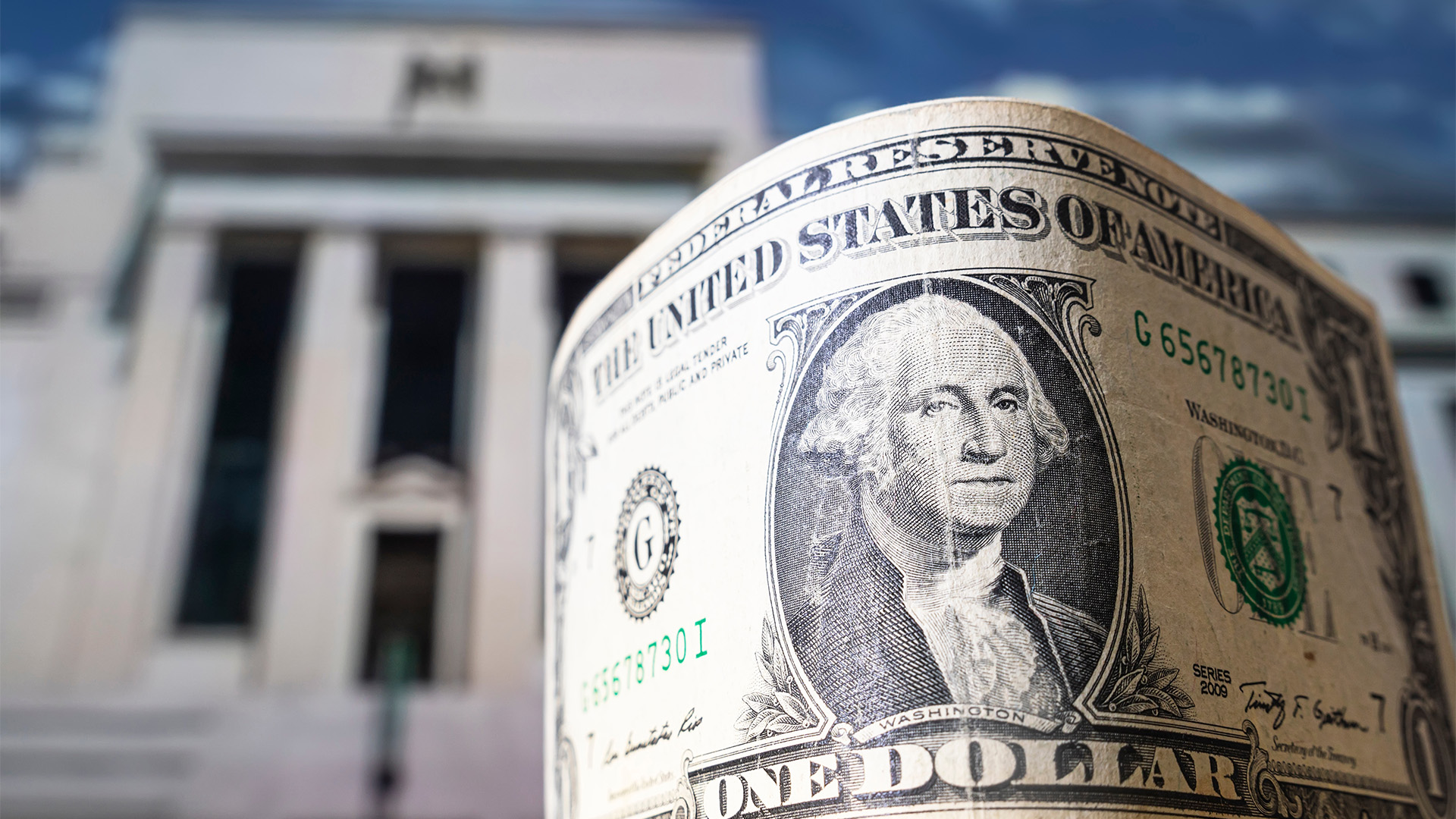First-quarter earnings season is set to begin in earnest this week, led by banking giants JPMorgan Chase, Wells Fargo (WFC), and Citigroup on Friday.
Analysts at US financial data group FactSet are looking for an earnings growth rate of 3.4% for the S&P 500 companies, marking the third-straight quarter that the index has reported earnings growth.
Other forecasts are a bit higher – 4.1% at LESG.
Normally, the results from a company like Netflix, Apple, Alphabet, or Microsoft, or perhaps Amazon would be the report the market would be focusing on to set the trend, lift momentum, or reassure that earnings were on track.
But that’s ‘conventional’ thinking, and this quarter the key report won’t come until May 22 when AI hot stock, Nvidia, reports what will be another big result – simply because its March 2023 quarter was so, well, pale compared to how its results from the June 2023 quarter zoomed higher, driving the share price.
Nvidia's shares are up 78% in 2024, but in the month to last Friday, that momentum has vanished, and the shares are up less than 1% – which spells danger for the share price and the rest of Wall Street if Nvidia’s results and outlook fall short of the still overly optimistic view Wall Street has of AI.
And then there’s Tesla shares – down on Friday on news it is abandoning its plans for a cheaper, smaller version of its EVs in favor of a robotaxi. They then bounced after CEO Elon Musk called the report by Reuters a lie and then announced August 8 as the date for the unveiling of the robotaxi!
They rose another 4.9% on Monday in the mistaken belief that the robotaxi is a big deal. Up to Friday’s close, Tesla shares have fallen over 30% due to concerns over its margins and demand. It is facing pressure in its big Chinese market where it has launched a no-interest purchase finance plan. Tesla’s first-quarter results will be out on April 23 – which becomes another big date for market confidence.
Overlaying this is the belief the Fed is close to cutting rates, although it's not going to be a cut-and-dried idea after the very strong March jobs report on Friday.
According to Sam Stovall, chief investment strategist at CFRA Research, investors should not be surprised if the market rally starts to slow as the Fed nears a potential rate cut.
He points out that since 1989, the S&P 500 has gained an average of 15.5% between the last rate hike of a cycle and the first rate cut, but gained an average of just 5.4% in the six months following the first rate cut. The likelihood of a market slowdown will also depend largely on corporate earnings, which came in surprisingly robust and helped push the S&P 500 to a series of record closing highs despite the market repricing interest rate policy, said Emily Roland, Co-Chief Investment Strategist at John Hancock Investment Management.
"If earnings continue to surprise to the upside, the Fed will have a hard time justifying 3 cuts this year," Roland said. "But if we see a leveling out of inflation this economic re-acceleration could turn into something more sustainable.”
S&P 500 earnings grew at a 10.1% pace in the December quarter, more than double the 4.7% expected advance, according to LSEG research (The renamed Rfininitiv which used to be part of Reuters).
Now, the high-interest rates are forecast to see a 5.1% growth in earnings for the first quarter.
In its look ahead on Friday, FactSet said that overall, 112 S&P 500 companies have issued quarterly EPS guidance for the March quarter.
"Of these companies, 79 have issued negative EPS guidance and 33 have issued positive EPS guidance. The number of companies issuing negative EPS guidance is above the 5-year average of 58 and above the 10-year average of 62.”
"In fact, this quarter ties the mark with Q2 2019 and Q1 2016 for the second-highest number of S&P 500 companies issuing negative EPS guidance for a quarter since FactSet began tracking this metric in 2006. The record-high number is 82, which occurred in Q1 2023."
"The percentage of companies issuing negative EPS guidance is 71% (79 out of 112), which is also above the 5-year average of 59% and above the 10-year average of 63%. This quarter marks the second-highest percentage of S&P 500 companies issuing negative EPS guidance since Q3 2019 (72%), trailing only Q1 2023 (75%)<“ FactSet pointed out.
The S&P 500 is up nearly 10% year-to-date, following its strongest first-quarter performance since 2019. But that strength will be tested this quarter by firstly Nvidia and the size and nature of any bad results.
Apple springs to mind with more and more analysts wondering if this result will see some rotten numbers from China when the iPhone giant reports on May 2.














